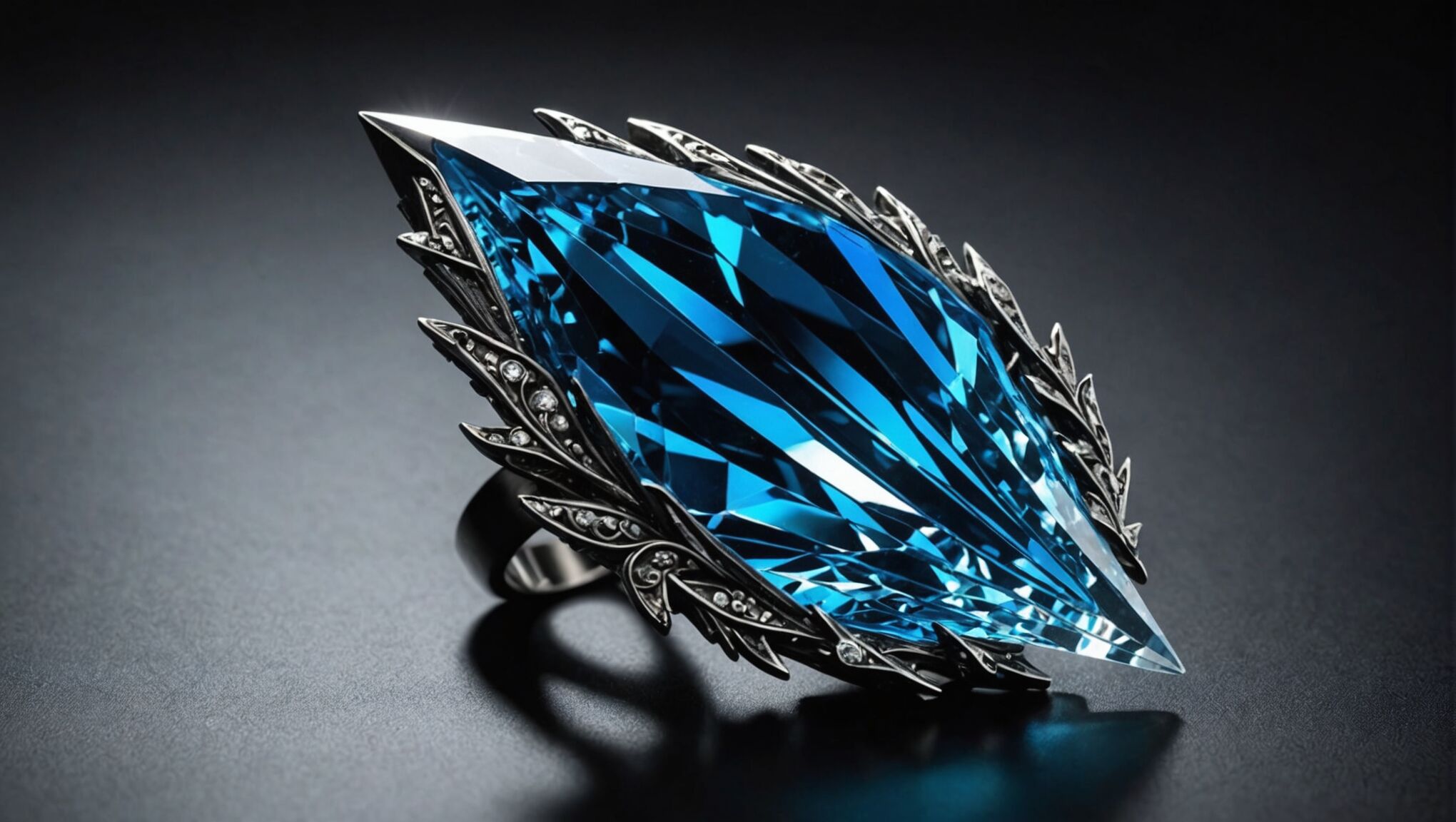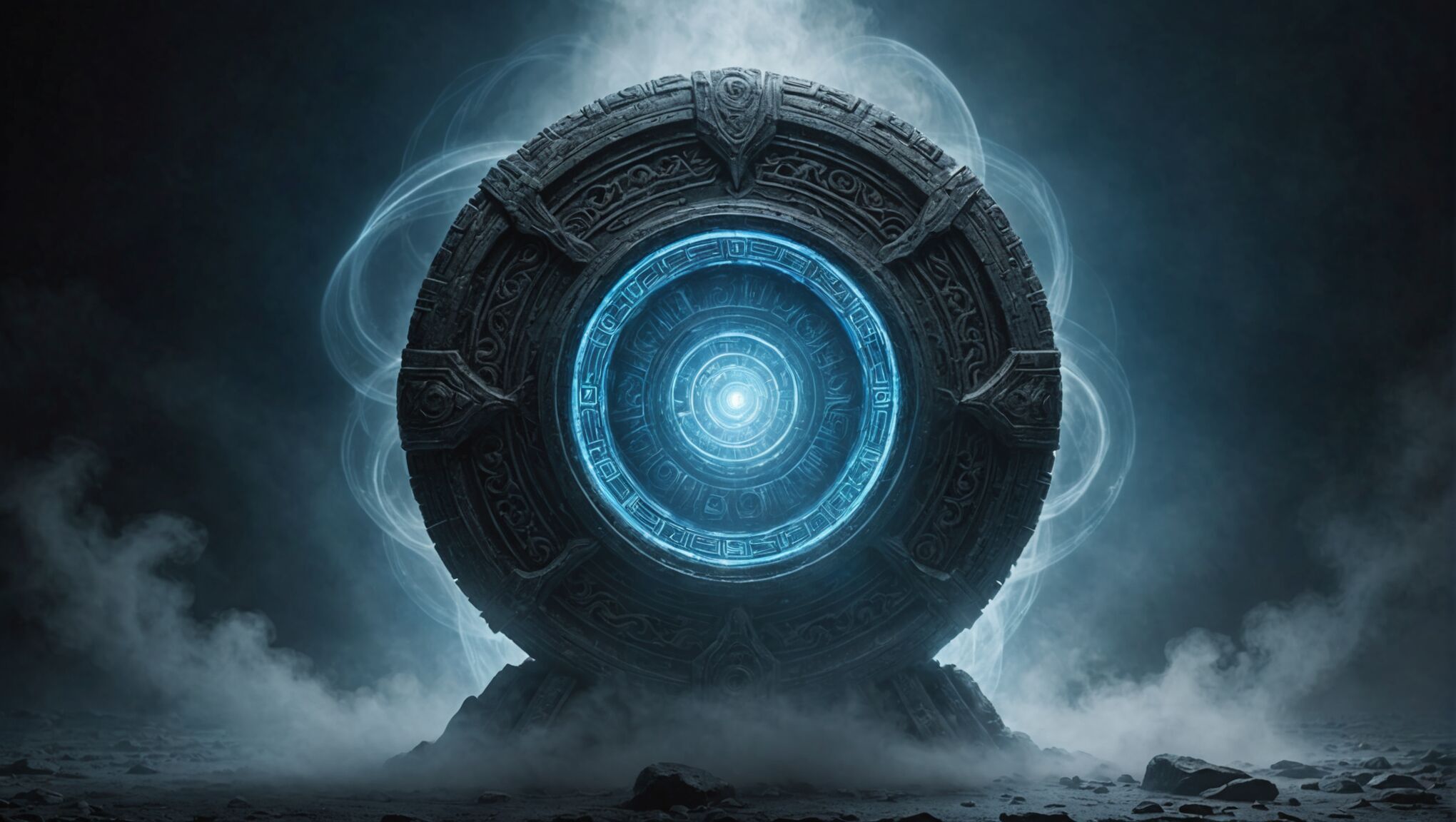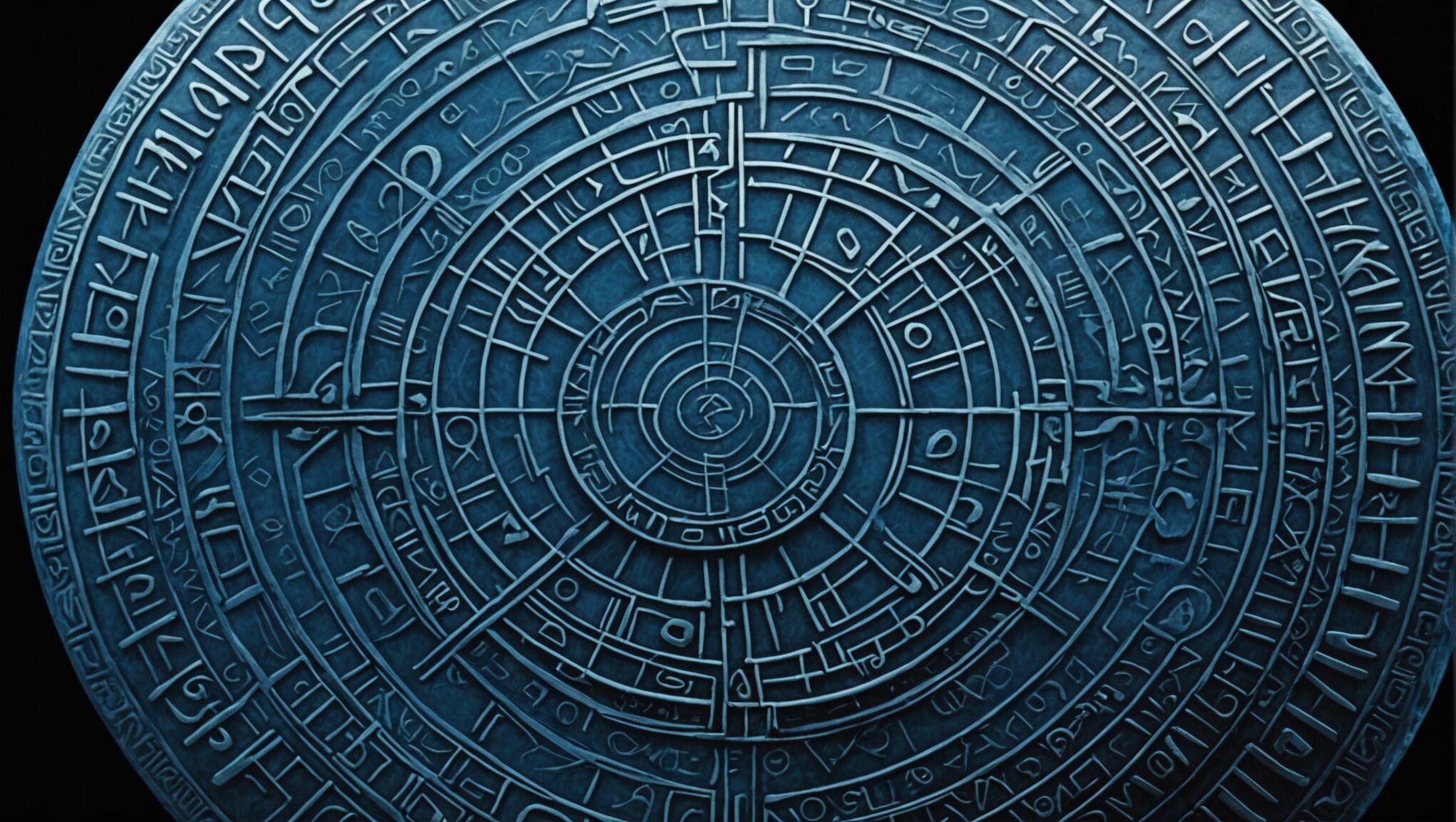blog
Fantasy and Fiction: Cover Art That Sells Your Story
The visual appeal of a book’s cover can make or break its success in the competitive fantasy market. Effective cover art incorporates several key elements that work together to captivate potential readers. A striking focal point is essential, drawing the eye and piquing curiosity. This could be a dramatic character pose, a mystical artifact, or an intriguing landscape. Composition plays a crucial role, guiding the viewer’s gaze across the cover and creating a sense of balance or tension. The rule of thirds is often employed to achieve this effect, placing important elements at strategic intersections.
Contrast is another vital component, whether through color, light and shadow, or scale. It helps create depth and visual interest, making the cover stand out on crowded shelves or small digital thumbnails. Texture can add richness to the overall design, evoking tactile sensations that enhance the fantasy atmosphere. Genre-specific iconography is also important, as it quickly communicates the book’s category to potential readers. This might include elements like dragons, magical symbols, or futuristic technology.
The mood and tone of the cover should align with the story within, setting appropriate expectations for the reader. “Your cover is a promise to your reader,” as the saying goes, and this promise should be reflected in every aspect of the design. Consistency with the book’s themes and setting is crucial, as it helps establish credibility and authenticity. Finally, scalability is a often-overlooked but critical factor, ensuring that the cover remains impactful and legible whether viewed as a full-sized print or a small online thumbnail.
Color psychology in fantasy covers
 Colors play a pivotal role in evoking emotions and setting the tone for fantasy covers. The psychological impact of color choices can significantly influence a potential reader’s perception and interest in a book. Warm colors like red, orange, and yellow tend to evoke feelings of excitement, passion, and energy. These hues are often used in covers for action-packed adventures or fiery epic fantasies. Cooler colors such as blue, green, and purple are associated with calmness, mystery, and magic, making them popular choices for introspective or mystical tales.
Colors play a pivotal role in evoking emotions and setting the tone for fantasy covers. The psychological impact of color choices can significantly influence a potential reader’s perception and interest in a book. Warm colors like red, orange, and yellow tend to evoke feelings of excitement, passion, and energy. These hues are often used in covers for action-packed adventures or fiery epic fantasies. Cooler colors such as blue, green, and purple are associated with calmness, mystery, and magic, making them popular choices for introspective or mystical tales.
“Color is a power which directly influences the soul.” – Wassily Kandinsky
The use of contrast in color schemes can create striking visual effects. A dark, brooding background punctuated by a bright, glowing element can suggest a ray of hope in a grim world, perfectly encapsulating many fantasy narratives. Monochromatic color schemes, on the other hand, can lend a sense of cohesion and sophistication to a cover design.
Metallic colors like gold and silver are often employed to convey a sense of value, prestige, or ancient magic. These can be particularly effective when used sparingly as accents or for important elements like the title or key symbols. Earth tones can ground a fantasy cover in a sense of realism or history, while pastels might suggest a lighter, more whimsical approach to the genre.
The saturation and brightness of colors also play a crucial role. Highly saturated colors can create a sense of vibrancy and energy, while muted tones might convey a more serious or mature theme. The interplay of light and shadow, achieved through careful color gradients, can add depth and dimensionality to the cover art.
It’s important to consider cultural associations with colors, as these can vary across different markets. For instance, while white is often associated with purity and goodness in Western cultures, it can symbolize death or mourning in some Eastern cultures. Understanding these nuances can help in creating covers that resonate across diverse audiences.
Lastly, color trends in fantasy cover art evolve over time. While it’s important to be aware of current trends, creating a timeless color palette that accurately reflects the book’s content is often more valuable in the long run. A well-chosen color scheme can not only attract readers but also contribute to brand recognition for series or authors, creating a visual signature that fans can instantly recognize.
Typography and title placement

The typography and placement of the title on a fantasy book cover are crucial elements that can significantly impact its overall effectiveness. The chosen font should not only be legible but also align with the book’s genre and atmosphere. For fantasy novels, ornate or decorative fonts can enhance the magical or otherworldly feel, while bold, modern typefaces might suit urban fantasy or more contemporary settings. It’s essential to strike a balance between style and readability, especially when considering how the cover will appear in thumbnail size on online platforms.
The size and positioning of the title can dramatically affect the cover’s composition. Large, prominent titles can create a strong visual impact and work well for established authors or highly anticipated releases. Conversely, smaller, more integrated titles might be appropriate for covers with intricate artwork or when aiming for a more subtle, mysterious effect. The placement of the title should complement the overall design, working in harmony with the cover art rather than competing with it.
Consideration should also be given to the author’s name, particularly for well-known writers whose names may be a significant selling point. In such cases, the author’s name might be given equal or even greater prominence than the title itself. For debut authors or lesser-known names, a more balanced approach between title and author name is often advisable.
Color and contrast play vital roles in typography as well. The title should stand out against the background, ensuring readability even at a glance. This might involve using contrasting colors, adding shadows or glows, or incorporating textural elements to make the text pop. However, it’s crucial to maintain cohesion with the overall color scheme and mood of the cover.
Use mythical creatures to enhance your cover. Discover more here.
Experimentation with typography can yield unique and memorable results. Integrating the title with the cover art, such as having it appear as part of the landscape or interacting with characters, can create a striking effect. However, this approach requires careful execution to ensure the title remains clear and doesn’t become lost in the design.
Consider the potential for series branding through consistent typography. Establishing a recognizable style for titles across a series can help build brand recognition and create a cohesive look on readers’ bookshelves. This might involve using the same font, similar placement, or recurring design elements that tie the covers together visually.
Capturing the essence of your story
To effectively capture the essence of your story in cover art, it’s crucial to distill the core elements that make your narrative unique and compelling. Begin by identifying the key themes, mood, and central conflicts that define your tale. These elements should be visually represented in a way that immediately communicates the heart of your story to potential readers.
Consider the main character or characters and how they can be portrayed to convey their personality and role in the story. This might involve showcasing their distinctive features, attire, or posture that hints at their journey or abilities. For instance, a determined warrior might be depicted in a battle-ready stance, while a mysterious mage could be shown with arcane symbols swirling around them.
The setting of your story is another vital aspect to incorporate. Whether it’s a sprawling fantasy landscape, a futuristic cityscape, or an intimate character study, the environment should be hinted at or prominently featured. This helps to ground the viewer in the world you’ve created and sets expectations for the type of adventure they’re about to embark upon.
Symbolism can be a powerful tool in cover design. Choose objects, creatures, or emblems that represent key plot points or themes in your story. These symbols can be subtly integrated into the background or used as central focal points, depending on their significance to the narrative.
The atmosphere and tone of your book should be reflected in the overall mood of the cover. This can be achieved through color palette, lighting, and composition. A dark, brooding story might use shadowy imagery and muted colors, while a light-hearted adventure could feature bright, energetic visuals.
It’s also important to consider the genre conventions while still striving for uniqueness. Fantasy readers often look for certain visual cues that signal the type of story they enjoy. However, finding a fresh take on these conventions can help your cover stand out in a crowded market.
Here’s a table outlining some key elements to consider when capturing your story’s essence in cover art:
| Element | Consideration |
| Characters | Depict key traits, roles, or relationships |
| Setting | Hint at the world or environment |
| Themes | Use symbolism or visual metaphors |
| Tone | Reflect the story’s mood through color and composition |
| Genre | Balance conventions with unique elements |
Remember that the cover art should work in tandem with the title and typography to create a cohesive representation of your story. The visual elements should complement and enhance the title, rather than competing with it or creating confusion.
Ultimately, the goal is to create a cover that not only accurately represents your story but also entices readers to pick up the book and dive into the world you’ve created. A well-designed cover that captures the essence of your narrative can be a powerful tool in attracting your target audience and conveying the promise of an engaging reading experience.
Balancing intrigue and clarity
 Creating a cover that balances intrigue and clarity is a delicate art that can significantly impact a book’s success. The goal is to pique curiosity while providing enough information to attract the right readers. This balance is achieved through careful consideration of visual elements, symbolism, and the strategic use of negative space.
Creating a cover that balances intrigue and clarity is a delicate art that can significantly impact a book’s success. The goal is to pique curiosity while providing enough information to attract the right readers. This balance is achieved through careful consideration of visual elements, symbolism, and the strategic use of negative space.
One effective approach is to focus on a single, powerful image that encapsulates the story’s core concept. This image should be intriguing enough to raise questions in the viewer’s mind, yet clear enough to convey the book’s genre and tone. For instance, a partially obscured magical artifact against a misty background can suggest mystery and fantasy without revealing too much of the plot.
Symbolism plays a crucial role in maintaining this balance. By incorporating subtle symbols or motifs that are significant to the story, you can provide depth for those who look closely while not overwhelming casual observers. These symbols can be woven into the background, integrated into the main image, or used as framing devices.
The use of negative space is another powerful tool in balancing intrigue and clarity. By leaving certain areas of the cover relatively empty, you can draw attention to key elements while creating a sense of mystery about what might lie beyond the visible. This technique can be particularly effective in fantasy covers, where the unknown and unexplored are often central themes.
Color gradients and lighting effects can also contribute to this balance. A cover that transitions from light to dark, or vice versa, can symbolize the journey from the known to the unknown, or the emergence of hidden truths. This visual progression can intrigue readers while clearly signaling the type of narrative they can expect.
Consider the following points when striving for this balance:
1. Use a focal point that is both clear and mysterious
2. Incorporate subtle symbolism that rewards closer inspection
3. Leverage negative space to create intrigue
4. Employ color and lighting to suggest depth and hidden elements
5. Ensure the genre is clearly communicated through visual cues
It’s important to test your cover design with your target audience. What seems intriguing to you might be confusing to others, or what you consider clear might not resonate with potential readers. Gathering feedback can help fine-tune the balance between intrigue and clarity.
Remember that the cover is often the first point of contact between your book and potential readers. It should invite them to explore further without giving away too much. A well-balanced cover creates a promise of an engaging story while leaving room for the reader’s imagination to spark their interest.
As you work on your cover design, consider how each element contributes to both intrigue and clarity. Ask yourself: Does this image raise questions that the book will answer? Does it clearly communicate the genre and tone? Is there enough mystery to entice without confusing?
By carefully considering these aspects, you can create a cover that not only captures attention but also accurately represents your story, setting the stage for readers to embark on the journey you’ve crafted within the pages of your book.
Professional design resources and tools

In the digital age, authors and publishers have access to a wide array of professional design resources and tools to create stunning book covers. One of the most popular platforms for cover design is Adobe Creative Suite, particularly Photoshop and Illustrator. These powerful software packages offer extensive capabilities for image manipulation, typography, and vector graphics, allowing for highly customized and professional-looking covers.
For those who prefer a more user-friendly approach, Canva has become a go-to resource. Its intuitive interface and vast library of templates, stock images, and fonts make it accessible even to those without extensive design experience. Canva’s book cover templates can serve as excellent starting points, easily customizable to fit specific needs.
Stock image websites like Shutterstock, Adobe Stock, and Unsplash provide a wealth of high-quality images that can form the basis of cover designs. These platforms offer everything from fantasy landscapes to character portraits, saving time and resources compared to commissioning original artwork.
For typography, websites like DaFont, Google Fonts, and FontSquirrel offer extensive libraries of free and premium fonts suitable for fantasy book covers. It’s crucial to check licensing agreements to ensure commercial use is permitted.
3D mockup tools such as Placeit or SmartMockups allow authors to visualize how their cover will look on physical books or e-readers, helping to refine the design for various formats.
Online marketplaces like 99designs and Fiverr connect authors with professional designers who specialize in book covers. These platforms offer a range of price points and styles, making it possible to find a designer that fits both budget and vision.
For those seeking inspiration, websites like The Book Cover Archive and Goodreads’ “Best Book Covers” lists showcase outstanding cover designs across various genres. Studying these can provide valuable insights into current trends and effective design techniques.
Color palette generators such as Coolors or Adobe Color can help in selecting harmonious color schemes that align with the book’s tone and genre expectations.
Learning resources are also abundant. Websites like Skillshare and Udemy offer courses on book cover design, while YouTube channels dedicated to graphic design provide free tutorials on various aspects of cover creation.
For those working with limited budgets, free image editing software like GIMP or Krita can serve as alternatives to more expensive options, offering many of the same features needed for cover design.
Ultimately, the key is to experiment with different tools and resources to find the combination that best suits your skills, budget, and creative vision. Remember that the goal is to create a cover that not only looks professional but also effectively communicates the essence of your story to potential readers.

